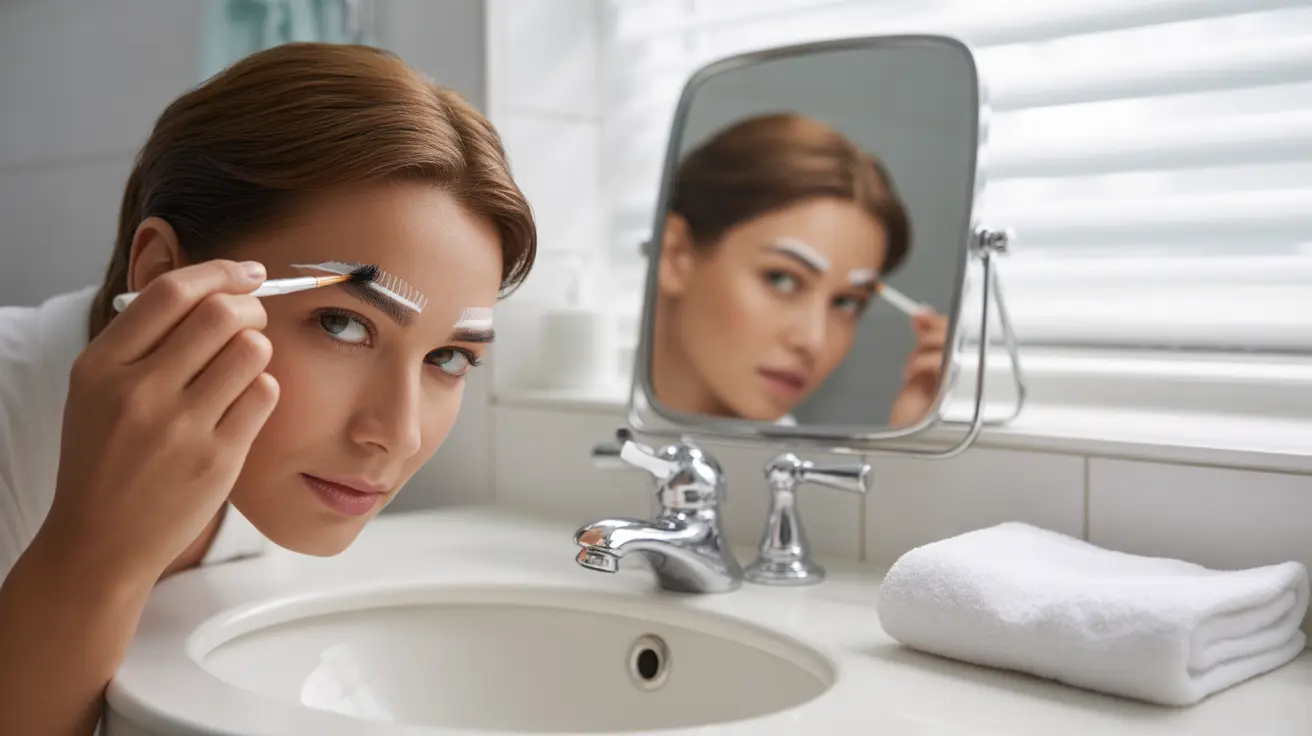For those struggling with thin or sparse eyebrows, the search for effective growth solutions can be challenging. While Rogaine (minoxidil) is primarily known for treating scalp hair loss, many people are exploring its potential for enhancing eyebrow growth. This comprehensive guide examines the effectiveness, safety considerations, and proper usage of Rogaine for eyebrows.
Understanding Rogaine and Its Effects on Eyebrow Hair
Rogaine, whose active ingredient is minoxidil, works by widening blood vessels and opening potassium channels, potentially stimulating hair follicles to enter an active growth phase. While primarily developed and FDA-approved for scalp hair loss, some users have reported success in using it for eyebrow enhancement, though this remains an off-label use.
Safety Considerations Before Using Rogaine on Eyebrows
Before considering Rogaine for eyebrow growth, it's crucial to understand several important safety factors:
- Potential skin sensitivity and irritation
- Risk of unwanted hair growth in adjacent areas
- Possibility of eye irritation if product migrates
- Individual variation in results and response
Proper Application Techniques
When using Rogaine on eyebrows, proper application is crucial for both safety and effectiveness:
Application Steps
1. Clean and dry the eyebrow area thoroughly 2. Use a small, clean brush or Q-tip for precise application 3. Apply only a tiny amount to avoid product migration 4. Keep the product strictly within the eyebrow area 5. Apply once or twice daily as consistently as possible
Precautionary Measures
To minimize risks during application:
- Avoid getting the product in or near your eyes
- Use the lowest effective concentration (2% solution may be preferable to 5%)
- Apply before bed to minimize daytime exposure
- Watch for signs of irritation or adverse reactions
Expected Timeline and Results
Results from using Rogaine on eyebrows can vary significantly between individuals. Generally, users might notice:
- Initial results: 8-12 weeks
- Maximum results: 4-6 months
- Continued use necessary to maintain results
- Individual response rates vary considerably
Alternative Options for Eyebrow Enhancement
For those seeking alternatives to Rogaine, several other options exist:
- Peptide-based eyebrow serums
- Castor oil and other natural oils
- Biotin supplements
- Eyebrow microblading or tattooing
- Growth-promoting cosmetic products
Frequently Asked Questions
Does Rogaine (minoxidil) really work for eyebrow growth, and how long does it take to see results?
While individual results vary, some users report noticeable eyebrow growth within 8-12 weeks of consistent use. However, maximum results typically take 4-6 months, and continued application is necessary to maintain any growth achieved.
What are the most common side effects of using Rogaine on my eyebrows, and how can I minimize skin irritation?
Common side effects include skin irritation, itching, and redness. To minimize irritation, use a lower concentration, apply sparingly, and ensure the area is clean and dry before application. If irritation occurs, reduce frequency or discontinue use.
How should I apply Rogaine to my eyebrows to avoid getting it in my eyes or causing unwanted hair growth on my face?
Use a precise applicator like a Q-tip or small brush, apply a minimal amount, and keep the application strictly within the eyebrow area. Apply before bedtime to minimize migration, and avoid touching or rubbing the area immediately after application.
Is Rogaine FDA-approved for eyebrow use, and what are the risks of using it off-label?
Rogaine is not FDA-approved for eyebrow use. Off-label risks include eye irritation, unwanted facial hair growth, and skin reactions. Always consult a healthcare provider before using any medication off-label.
Are there safer or more effective alternatives to Rogaine for thickening my eyebrows?
Yes, safer alternatives include peptide-based eyebrow serums, natural oils like castor oil, biotin supplements, and cosmetic procedures like microblading. These options may have fewer side effects while still providing noticeable results for some users.
Remember to consult with a healthcare provider before starting any new treatment regimen, especially when using medications in ways they weren't originally intended.




